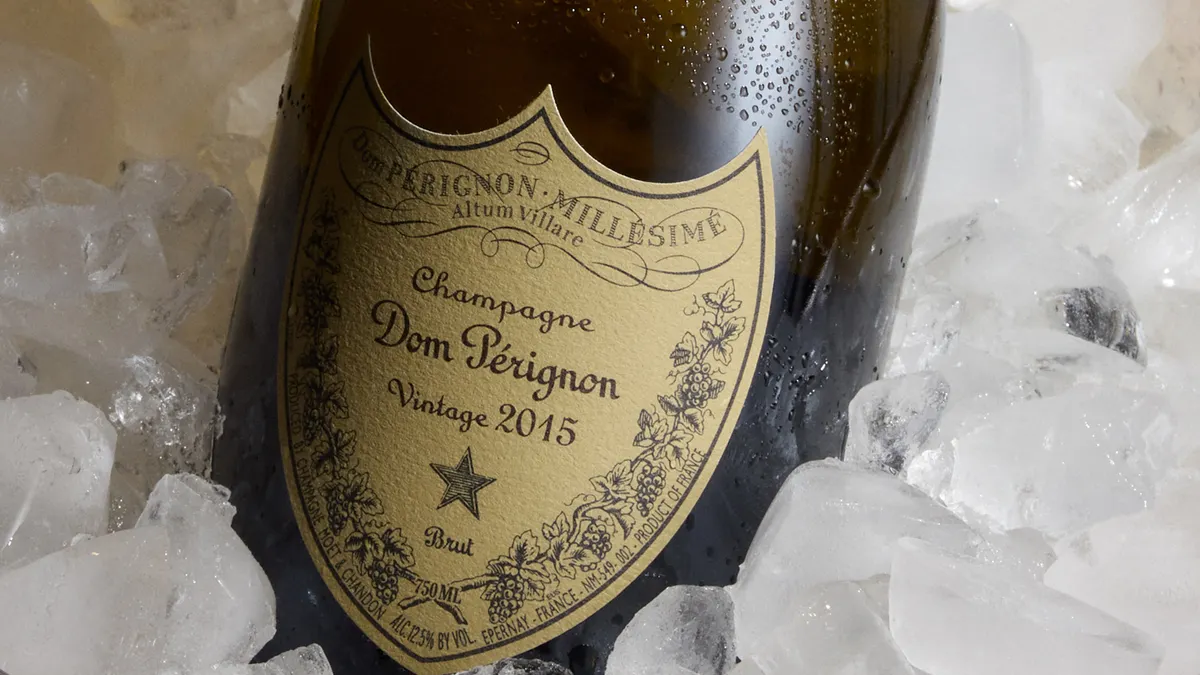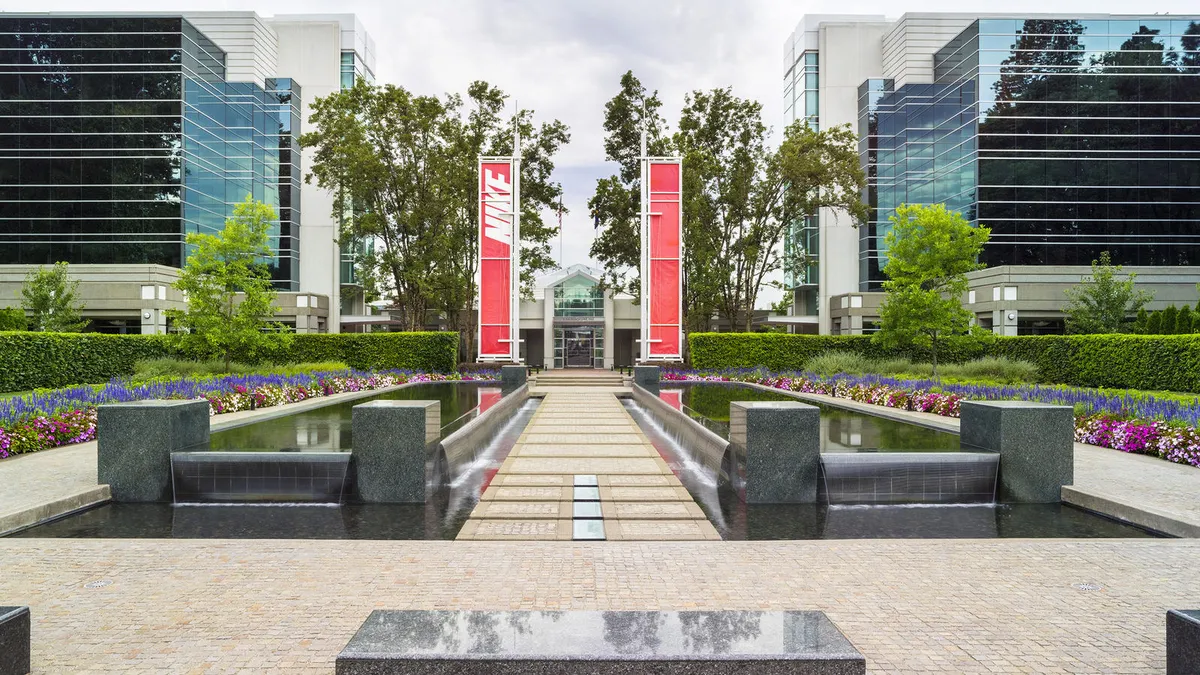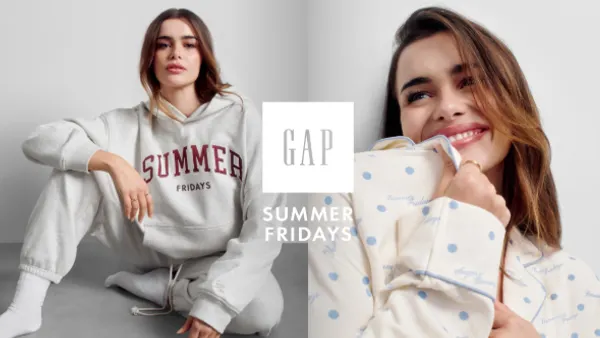You're probably familiar with the stereotypical wedding dress shopping experience, most quintessentially depicted in the TV show “Say Yes to the Dress."
The bride gathers her posse and visits a bridal gown retailer outfitted with plushy couches, plenty of mirrors, and, if they're lucky, champagne to try on numerous dresses in search for the perfect dress—no, THE ONE. While bridal gown retailers typically stock a range of gowns with a range of prices, the wedding dresses usually selected by brides in TV shows and movies are costly, ranging anywhere from the price of a nice designer bag to the price of a small car.
Those familiar with the wedding dress market, whether they experienced it as a bride or as a retail professional, know that this popular depiction isn’t the norm for all brides. While the typical wedding takes about 13 months to plan and the average cost of a wedding dress was $1,671 in 2015, customer tastes—like in every retail category—vary.
Now, retailers from H&M to Asos and ModCloth are entering the market, rolling out their own lines of bridal dresses that are more quickly available and at cheaper price points. While the idea isn’t new—J. Crew, credited as one of the first non-bridal retailers to introduce its own bridal line, launched its wedding section in 2004—the influx of retailers in the space has grown recently with a boost from one of the biggest disruptors in all of retail: the internet. Some say that online retailers getting into wedding dresses may spell doom-and-gloom for traditional wedding dress retailers. Others are taking more of a "wait and see" approach.
The missing market
Before the advent of e-commerce, a bride looking to buy a bridal gown two, three, or even six weeks before the big day was usually out of luck.
Wedding planning website the Knot suggests brides start looking for their wedding dress anywhere from 9 to 12 months before the wedding if they're buying from a traditional bridal salon, where it takes around six months to just fit and tailor the dress. While the typical wedding takes 13 months to plan, brides looking for a faster turnaround previously turned to non-bridal retailers, wearing off-the-rack and readily available white or ivory dresses for their big day. Retailers like ModCloth, which recently launched its own bridal store, noticed this trend.
“It just seemed like the market was there,” Nicole Haase, ModCloth’s vice president and general merchandising manager, told Retail Dive when asked why the retailer decided to jump into wedding dresses. “All of our members were posting themselves in our dresses [on social media] at backyard, city hall, or traditional weddings—it just seemed like the natural thing they were telling us that they wanted.”
Brittanny Carter, industry analyst at IBISWorld, says that the money found in the $300 billion global wedding industry is a natural draw for retailers. Whereas these purchases were exclusively found in bridal salons before online retail, the internet has opened the market to all types of retailers.
“Wedding dresses are an infrequent purchase and it isn't economically feasible for every brick-and-mortar retailer to offer bridal gowns, which is why historically bridal gowns were limited to specialty shops and large department stores,” Carter told Retail Dive. “Online shopping has been a complete game-changer for retailers because they can now access brides to-be across the world with only one distribution facility. Brides typically splurge on their big day so expanding to bridal is a natural expansion for retailers looking to boost their margins.”
A threat to traditional bridal retailers?
While online retailers and non-bridal companies have captured the attention of brides looking for an expedited wedding planning process, a question remains: Can these newcomers capture the bride that's looking for the traditional salon experience? Kim Forrest, an editor at the WeddingWire blog for wedding professionals, says it’s not something that she has seen in the hundreds of weddings covered by WeddingWire.
“In my experience, we aren’t really seeing brides actually wearing those gowns to the extent that you might think,” Forrest said. “Brides are still going, from what we see, to traditional salon experiences to have that once in a lifetime experience—trying on dresses and working with consultants to have that personal one-on-one experience.”
Forrest acknowledges it might be too early to see designs from retailers that just launched their bridal lines—such as H&M, Asos, and ModCloth—in the real-life weddings that WeddingWire covers. Rather than completely taking over the wedding dress market, Forrest predicts dresses from these retailers will be bought by traditional brides for auxiliary events like bridal showers and rehearsal dinners, or perhaps as a second dress for dancing at the wedding reception.
“Different brides have different needs,” Forrest said. “There might be a bride on a really tight deadline who may want to get married next week and need something immediately. That’s a niche that these types of markets might sell to. But the average timeline is 13 months. People tend to plan in advance.”
While WeddingWire has seen the average timeline go down slightly over the past five years, they say that the 13 month average has been the norm since 2014. Of the 6,000 couples married in the last year and surveyed for WeddingWire's 2015 Newlywed Report, 30% had an engagement length of zero to nine months, 40% had a 10 to 15 month engagement, and 30% were engaged for 16+ months.
The answer for retailers offering wedding dresses exclusively online may be to follow in the footsteps of J. Crew and Anthropologie's Bhldn brand. Both retailers launched their wedding dress lines online, only to transition to a mix of e-commerce and brick-and-mortar with separate bridal shops attached to their physical locations.
“I think they have found the happy medium between the salon experience and mass market retailers,” Forrest said about J. Crew and Bhldn's bridal collections.
Online retailer ModCloth launched its wedding collection online in March, and it’s already stocking some of the bride and bridesmaid dresses, shoes, and wedding accessories offered online in its In Real Life (IRL) physical pop-ups. For brides not near the five or so cities (the exact number isn’t set) that ModCloth’s IRL pop-up will be traveling to this summer, the retailer has a dedicated bridal “ModStylist” that helps brides and bridesmaids with sizing and styling their wedding looks online.
Although the gowns are located in a separate wedding section on the website, they won’t be in separate spaces in the pop-up, as with J. Crew and Bhldn’s bridal collections. This, as Haase explains, is because many of ModCloth’s bridal and bridesmaids gowns can be worn with accessories outside of a bridal context.
“As we were setting up the Austin [IRL] space yesterday, we set up a bridal window and a lot of women passing by were looking at the dresses,” Haase said. “They were looking and talking and it was like they weren’t necessarily getting married themselves but they were thinking of the ways they could wear these dresses to other occasions.”
Brides can make an appointment to browse through dresses with a stylist in ModCloth’s IRL pop-up. Looking forward, the company says it is interested in hosting private events in IRL locations for bridal parties shopping for bridal or bridesmaids gowns together—replicating the private, salon-like experience of pricier bridal retailers.
Even with the influx of cheaper wedding dresses—some available online—those immersed in the wedding industry don't seem phased.
"We're always seeing new designers in the scene, there's always something new and there are always going to be new players on the scene," WeddingWire's Forrest told Retail Dive. "We'll see. It's all about having options and that's what this is about."
If anything, Carter says that traditional salon retailers will continue to focus on what they have done for years, and what many brick-and-mortar retailers are also trying to do: create "an experience for their clients to effectively compete with online retailers." Cue the champagne cork pop.





















